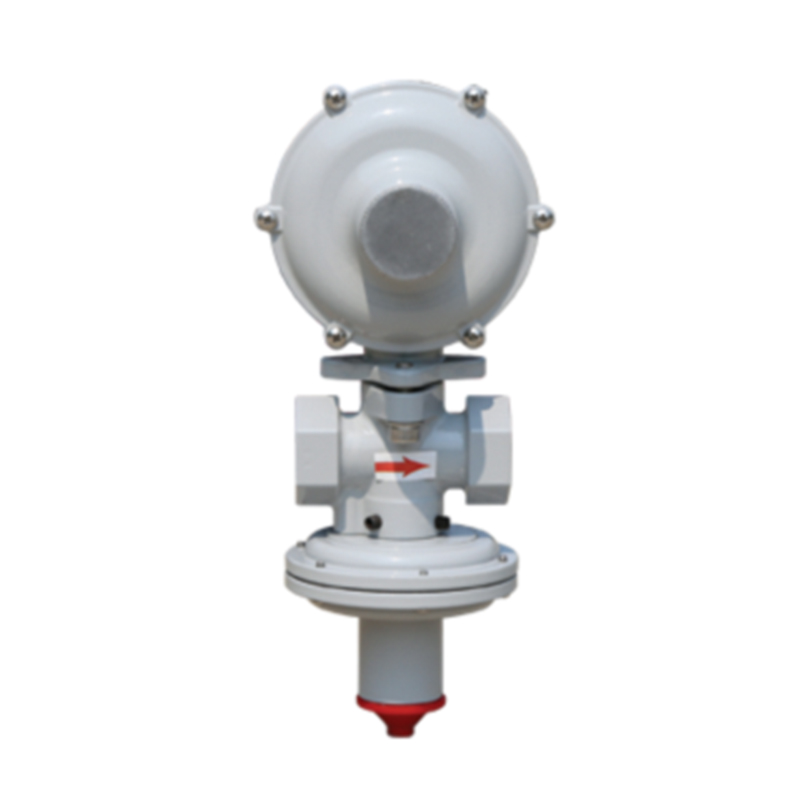
8 月 . 12, 2024 09:42
Back to list
Understanding the Functionality and Applications of Gas Pressure Regulating Valves for Optimal Performance
Understanding Gas Pressure Reducing Valves
Gas pressure reducing valves (PRVs) are vital components in various industries, particularly in gas distribution systems, to ensure that gas is delivered at a consistent and safe pressure. These valves play a crucial role in regulating the pressure of gases from high-pressure sources to lower pressure levels suitable for end-use applications. Understanding their design, operation, and significance can enhance safety and efficiency in any gas handling system.
What is a Gas Pressure Reducing Valve?
A gas pressure reducing valve is a mechanical device designed to regulate the pressure of gas flowing through a pipeline. The primary function of a PRV is to convert high-pressure gas from a supply source—such as a gas cylinder, main line, or storage tank—into a steady, lower pressure for use in residential, commercial, or industrial applications. This regulation is essential as many appliances and systems require specific pressure levels to operate efficiently and safely.
How Does a Gas Pressure Reducing Valve Work?
The operation of a gas pressure reducing valve is relatively straightforward, yet relies on several mechanical components. Most PRVs consist of an inlet and outlet port, a pressure sensing element, a diaphragm, and an adjustment mechanism. When high-pressure gas enters the valve, the diaphragm flexes according to the pressure. The pressure sensor measures the downstream pressure, and if it exceeds a predetermined threshold, it prompts the valve to adjust its opening, reducing the flow of gas until the desired pressure is achieved.
The adjustment mechanism, often regulated by a spring, allows for fine-tuning of the output pressure. Users can set this pressure based on their requirements, providing flexibility in various applications. Most PRVs also feature safety mechanisms to prevent over-pressurization, protecting downstream equipment from damage.
Importance of Gas Pressure Reducing Valves
gas pressure reducing valve

Gas pressure reducing valves are crucial for several reasons
1. Safety By regulating gas pressure, PRVs help prevent hazardous situations that can arise from over-pressurization. Excessively high pressure can lead to leaks, ruptures, or even explosions in gas systems. PRVs minimize these risks by maintaining pressure within safe limits.
2. Efficiency Many industrial processes are optimized for specific pressure levels. PRVs ensure that the correct pressure is maintained, which contributes to the efficiency and effectiveness of gas-consuming equipment. This optimization can lead to reductions in fuel consumption and operational costs.
3. Protection of Equipment Gas appliances, such as boilers, burners, and ovens, often have maximum pressure ratings. By using a PRV, users can protect sensitive equipment from pressure fluctuations that could cause malfunction or damage, extending the lifespan of these devices.
4. Regulatory Compliance In many regions, regulations require that gas handling systems include protective devices like PRVs. Compliance with these standards not only enhances safety but is essential for legal operation in commercial and industrial settings.
Conclusion
In summary, gas pressure reducing valves are essential components in any gas distribution system. They ensure the safe and efficient delivery of gas by regulating pressure levels suitable for various applications. Understanding how they function and their importance can help engineers, technicians, and users make informed decisions about gas systems, ultimately enhancing safety, efficiency, and compliance with industry standards. As technology advances, the design and performance of these valves continue to improve, catering to the evolving needs of the gas industry.
Latest news
-
Unlocking The Quality Gas Pressure ReducersNewsNov.01,2024
-
The Role of Gas Pressure Reducing StationsNewsNov.01,2024
-
The Importance and Functionality of Safety Relief ValvesNewsNov.01,2024
-
The Essential Role of Safety Valves in Natural Gas ApplicationsNewsNov.01,2024
-
The Essential Role of Gas Pressure RegulatorsNewsNov.01,2024
-
Enhance Your Premium Gas FiltersNewsNov.01,2024

